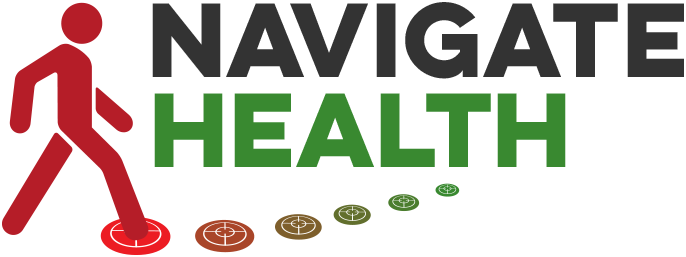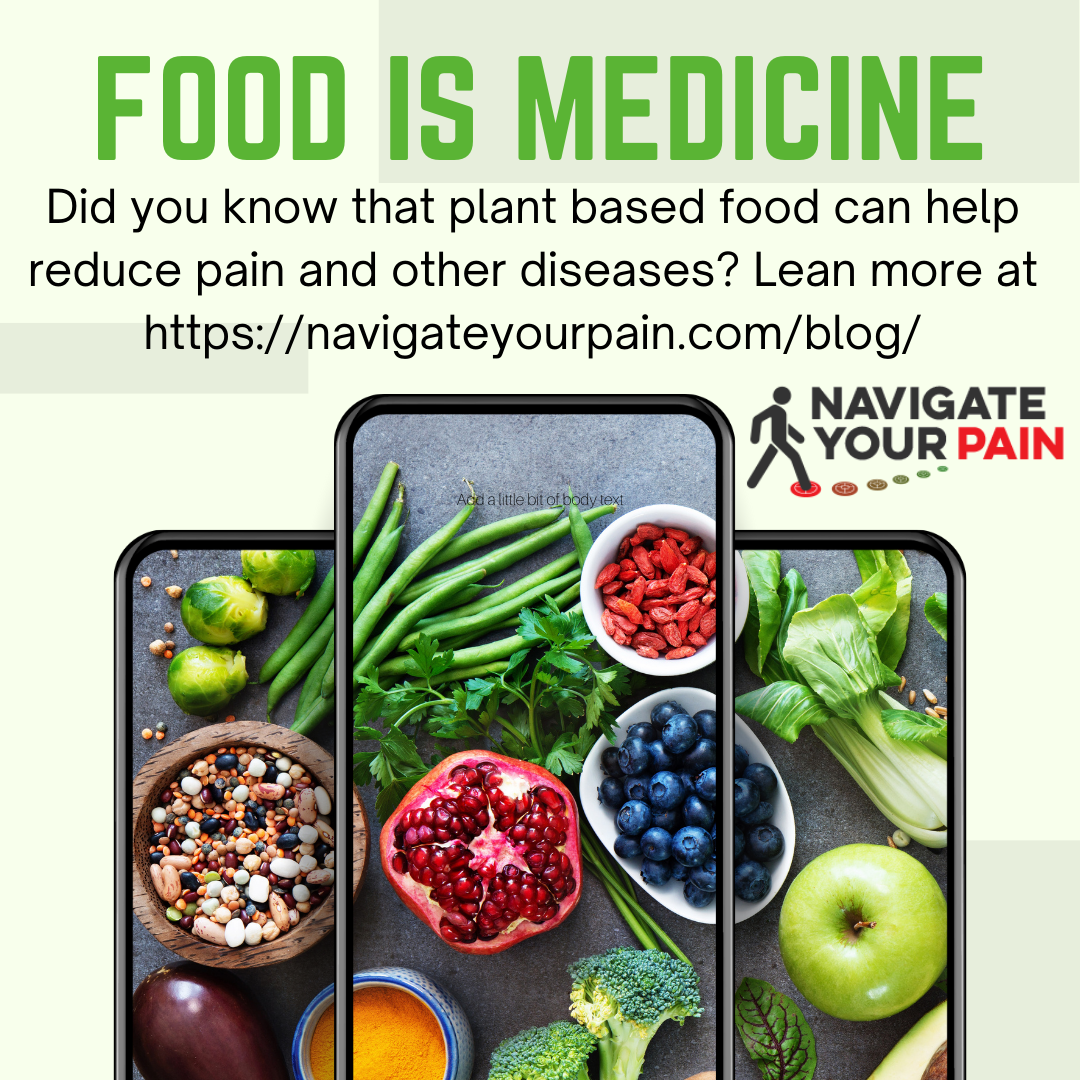Part 1:
Is Your Pain What You Eat?
By Megan Doyle, MS, OTR/L, FPS, Cert-APHPT
Occupational Therapist, Fellow of Pain Science,
and Certified Applied Prevention Health Promotion Therapist
And Stephanie Wakeman, PT, DPT, Cert-APHPT
Certified Applied Prevention Health Promotion Therapist
The Pain and Inflammatory Diet Connection
As we continue to learn more and more about the complex nature of pain, one thing is clear: lifestyle factors MATTER. Recently, we detailed the research bolstering the importance of routine physical activity, its anti-inflammatory effects, and the reduction or even prevention of pain. (you can find our Part 1 post here and our Part 2 here).
Continuing along the same vein, we know that both exercise AND diet play a huge role in our overall health and wellbeing, but did you know that our diets also heavily influence the either anti-inflammatory or pro-inflammatory states in our bodies?
It is important to understand that many types of chronic pain (most arthritic conditions fall into this category, for instance) are associated with pro-inflammatory states. This pro-inflammation drives nervous system sensitivity (which drives more pain) via pro-inflammatory chemicals, which are the catalysts for disease states including pain.
What is more important to understand is that our “Standard American Diet” or Western diets unfortunately have been shown to be more pro-inflammatory, with too much emphasis on processed meat and grain products (like commercially baked goods) (1, 2), with a lack of the foods that can create an anti-inflammatory state in the body and keep things in balance (more on that later).
Research has also found that protein, fat, and sugar intake are associated with pain intensity and pain threshold, especially in musculoskeletal pain conditions such as osteoarthritis (3).
One research study (4) specifically looked at consumed food groups in office workers, and correlated increased pain onset in people who ate very little fruit and veggies and consumed more saturated fats than those that ate more of a plant-based diet. This speaks volumes about the influence of diet and specific food groups on the reduction or onset of musculoskeletal pain.
Gut Micro What? Our Guts and Our Pain
A rapidly emerging area of study and the other key concept to understand in its contribution to either pro-inflammatory or anti-inflammatory states in the body, and therefore pain onset, is the gut microbiome. Our guts are teeming with bacteria, viruses and fungi that are highly diverse, and can influence the health of the whole body(5)!
This mind-body connection of our gut microbiome influences our stress response, mood states, energy levels, and every aspect of our physiology, not just our digestive systems.
The following diagram shows the relationships between the brain, gut and joints with pro-inflammatory chemicals:
Now that we’ve covered some of the basics regarding pro-inflammatory states, diet and pain, join us in Part 2 of this blog where we will detail how you can increase your intake of anti-inflammatory foods to promote a healthier mind, body and gut!
Part 1 References:
- Philpot U, Johnson MI. Diet therapy in the management of chronic pain: better diet less pain? Pain Manag. 2019 Jul;9(4):335-338. doi: 10.2217/pmt-2019-0014. Epub 2019 Jun 19. PMID: 31215321. Retrieved 07/06/2021 from: https://www.futuremedicine.com/doi/full/10.2217/pmt-2019-0014?rfr_dat=cr_pub++0pubmed&url_ver=Z39.88-2003&rfr_id=ori%3Arid%3Acrossref.org
- Hirst-Jones, K. The Nutritional Epidemiology of Osteoarthritis and Musculoskeletal Pain. An analysis of data from two UK population cohorts. [Dissertation]. University of East Anglia Norwich Medical School; 2020. Retrieved 07/06/2021 from: https://core.ac.uk/download/pdf/355150477.pdf
- Elma Ö, Yilmaz ST, Deliens T, Coppieters I, Clarys P, Nijs J, Malfliet A. Do Nutritional Factors Interact with Chronic Musculoskeletal Pain? A Systematic Review. J Clin Med. 2020 Mar 5;9(3):702. doi: 10.3390/jcm9030702. PMID: 32150934; PMCID: PMC7141322. Retrieved on 07/06/2021 from: https://www.ncbi.nlm.nih.gov/pmc/articles/PMC7141322/pdf/jcm-09-00702.pdf
- Arjmand G, Irandoost P, Abbaszadeh M, Farshad AA, Salehi M, Shidfar F. Association between Consumed Foods and Musculoskeletal Disorder in Office Workers. Journal of Nutrition and Food Security (JNFS), 2021; 6 (1): 43-57. Retrieved 07/06/2021 from: http://jnfs.ssu.ac.ir/article-1-289-en.pdf
- Turroni S, Pedersini P, Villafañe JH. The Human Gut Microbiome and Its Relationship with Osteoarthritis Pain. Pain Med. 2020 Dec 14:pnaa422. doi: 10.1093/pm/pnaa422. Epub ahead of print. PMID: 33313892. Retrieved 07/06/2021 from: https://academic.oup.com/painmedicine/advance-article/doi/10.1093/pm/pnaa422/6032926



